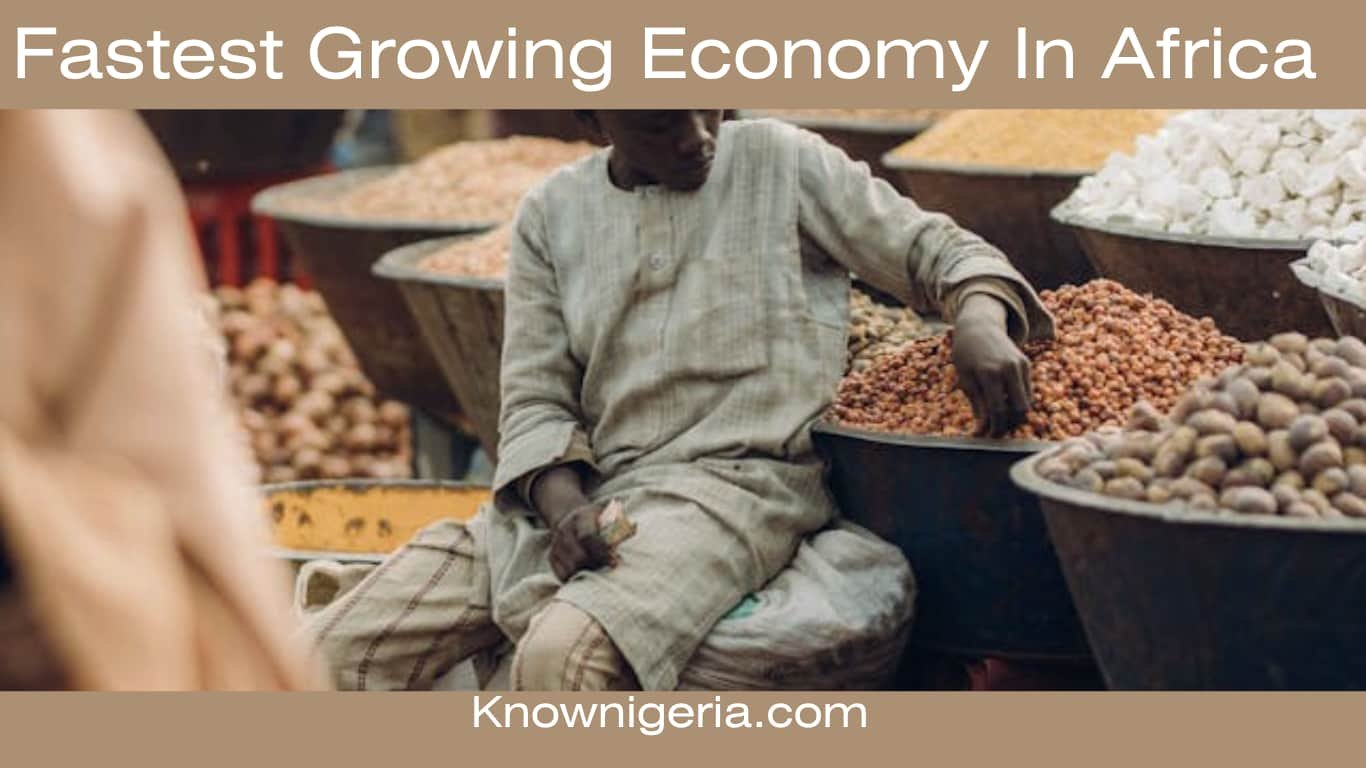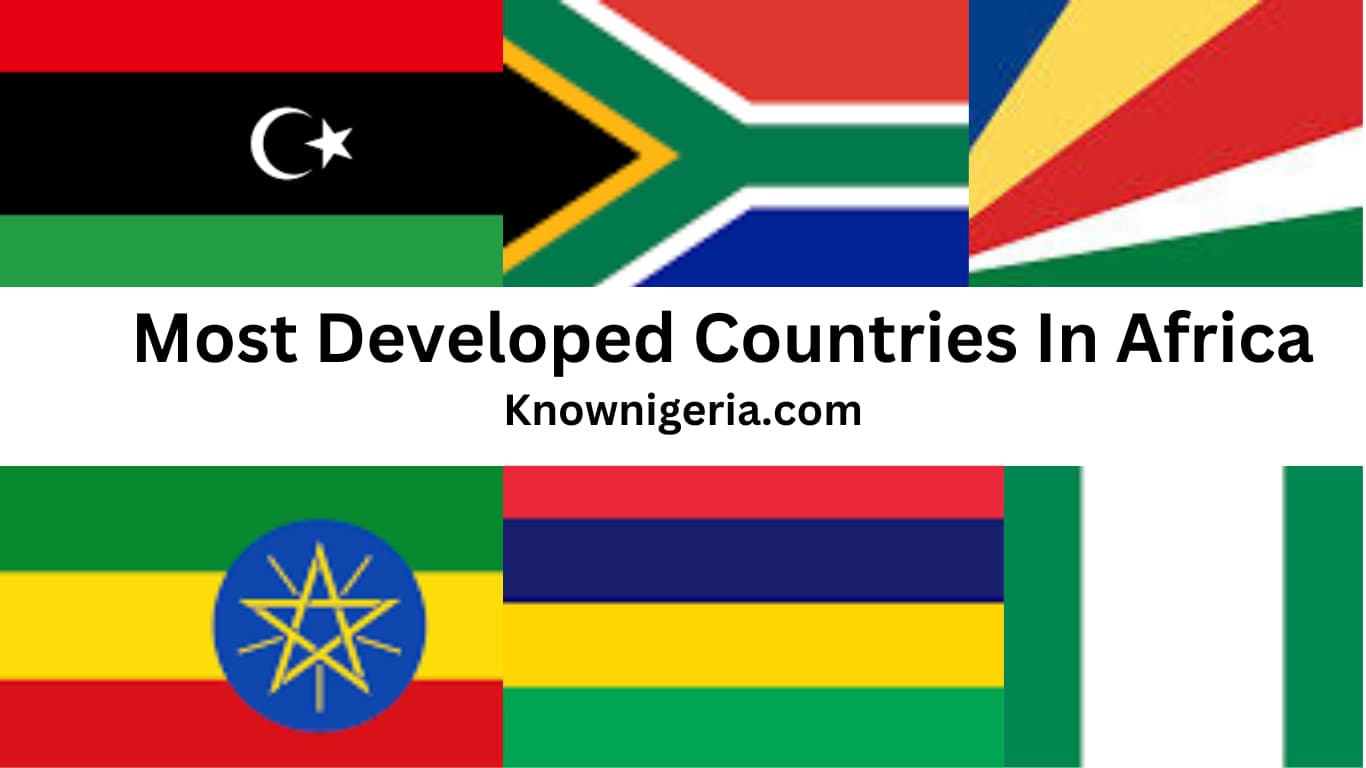Despite abundant national wealth, some countries in Africa continue to suffer in extreme poverty. In a previous study, we conducted, we analyzed and identified the most developed countries in Africa. Now, it is time to look at the other end of the spectrum, namely, analyzing and identifying the poorest countries in Africa
According to the International Monetary Fund (IMF), there are several countries in Africa facing hardship, famine, hunger, and poverty. Also, several reasons are linked to why a country can be regarded as poor.
Therefore in this article, we will be listing the top 10 poorest countries in Africa by GDP per capita (PPP) and everything you need to know about them.
Table of Contents
What Are The Key Reasons For A Country Being Poor?
As mentioned earlier, there are several reasons why a country can be regarded as poor. However, poverty encompasses many other dimensions, including access to daily basic needs such as food, clean water, education, healthcare, housing, and jobs.
To gain more understanding of poverty in a country, it is important to consider multiple indicators and measures, these aspects are not directly captured by the GDP.
Top 10 Poorest Countries In Africa
To identify the poorest countries in Africa, we have analyzed the countries based on GDP per capita from the International Monetary Fund (IMF) database 2024. This database indicates how quickly or slowly the world economy or the economies in a particular region of the world are growing. We have selected the 10 poorest countries in Africa based on this metric, ranking the list based on GDP per capita.
1. South Sudan
South Sudan, with a GDP per capita of only 1,071.78 USD, ranks among the poorest countries in Africa. The country is classified as a low-income country, relying largely on oil revenue (oil accounts for more than 90% of the country’s total exports)
Poverty is widespread throughout the country as a result of inter-communal conflict, displacement, and the negative effects of the war in Sudan on the country’s oil industry.
2. Burundi

In second place is Burundi. with a GDP per capita of 259.03 USD. The economy of Burundi is $2.75 billion by gross domestic product as of 2024, being heavily dependent on agriculture, which accounts for over 40% of gross domestic product and employs more than 90% of the population.
Burundi’s primary exports are coffee and tea, which accounts for more than half of foreign exchange earnings. The country has a population of 14.139,497 million as of October 2024.
Burundi’s struggles with poverty are a result of political instability, a ballooning population, food insecurity, and the scars of a tumultuous past. Thereby making it one of the poorest countries in Africa.
3. Central African Republic (CAR)
According to the International Monetary Fund (IMF), the Central African Republic experienced low economic development due to repeated instability and violence since gaining independence in 1960.
The Central African Republic (CAR) has the 5th highest rate of poverty in the world, with nearly 80% of the country’s people living in extreme poverty, and it remains dependent on international support to achieve stabilization on several fronts, including basic human needs
Central African Republic has a GDP per capita of 427.06 USD, the country has a population of 5,379,880 as of October 2024. It is, however, one of the poorest countries in Africa.
4. Malawi
Malawi ranks as the fourth poorest country in Africa based on GDP per capita, with a value of 645.16 USD and around $13.16 billion in Gross domestic product (GDP). The country has a population of 21,655,286 people in 2024.
The Droughts and floods have had a devastating impact on the country‘s economy, affecting agricultural yield, which directly impacts food security causing a surge in poverty
5. Mozambique

Mozambique ranks as the fifth poorest country in Africa based on GDP per capita, with a value of 558.30 USD. According to the International Monetary Fund (IMF), Poverty in Mozambique remains high at over 65% in 2024, with about 24 million people living in poverty. The current population of Mozambique is 34,901,838 as of October 2024.
Mozambique struggles with poverty as a result of the Mozambican Civil War, displacing nearly five million people and driving up the rate of poverty in Mozambique. Although the war ended in 1992, violence and instability greatly set back the nation’s economic development.
6. Niger
Niger is among the poorest country in Africa; it ranks as the 6th poorest country on our list, with a GDP per capita of only 585.40 USD and a population of over 27 million.
Niger struggles with poverty due to numerous environmental challenges such as droughts, desertification, and limited arable land. These challenges make agriculture, which is one of the country’s main contributors to the economy, difficult and unreliable. According to the International Monetary Fund (IMF), Niger is one of the world’s least developed countries; the country has inefficiency in education, health, and social protection spending.
7. Democratic Republic Of The Congo (DRC)
Democratic Republic of the Congo (DRC) continues to face economic hardship due to political instability, corruption, and inadequate infrastructure, as well as high rates of malnutrition, illness, and poor education.
According to the World Bank, the quality of education in DRC is extremely poor, with an estimated 97% of 10-year-olds being in learning poverty, meaning they cannot read and understand simple text.
With a GDP per capita of only 653.66 USD, DRC remains one of the poorest countries in the world despite a large endowment of natural resources and is the largest country in Sub-Saharan Africa (SSA)
8. Chad
Despite being rich in diverse natural resources, Chad faces economic challenges arising from weak government institutions and corruption. The economy of Chad suffers from the landlocked country’s geographic remoteness, drought, lack of infrastructure, and political turmoil.
About 85% of the population depends on agriculture, the country lacks reliable production of harvest, which is the main reason why Chad is poor.
Chad has a GDP per capita of 716.80 USD, the country‘s current population is 20,486,996 as of October 2024. It is also among the poorest countries in Africa.
9. Liberia

Liberia continues to face economic hardships due to limited access to education, weak infrastructure, and a high unemployment rate. It is among the poorest countries in Africa.
According to the World Bank, Poverty is widespread throughout Liberia as a result of conflict, economic shocks, health crises, volatility of International prices, and subsequent persistent economic contraction combined with high population growth.
The country has a population of 5,612,817 people in 2024, and a GDP per capita of 754.53 USD
10. Madagascar
Madagascar has struggled with political instability, inadequate infrastructure, and deforestation. The country is situated in the Indian Ocean off the coast of Southern Africa and has one of the world’s highest poverty rates, exacerbated by recurring natural disasters.
Much of the soil in Madagascar is infertile, and drinking water is scarce. As a result, 71% of Madagascar‘s people live below the poverty line.
Also, Madagascar has a population of 32,177,052 as of October 2024, and the Country’s GDP per capita is 516.59 USD. It is among the poorest countries in Africa.
What Are The Top Five Poorest Countries In Africa?
The top five poorest countries in Africa are South Sudan, Burundi, Central African Republic, Malawi, and Mozambique.
What Are The Most Developed Countries In Africa?
Some of the most developed countries in Africa include Mauritius, Libya, Tunisia, South Africa, Botswana, Seychelles, Gabon, Rwanda, and more.
Conclusion
Africa is a continent that boasts riches, a favorable nature, and an abundance of natural resources. However, not all countries in Africa have equal rights as some still struggle due to several reasons, such as insurgencies, famine, natural disasters, political corruption, and others. This article has, however, listed the top 10 poorest countries in Africa, and we hope it is helpful to your search.
Reference
- Imf.org
- Wikipedia.org
- Worldbank.org
- Businessday.ng










